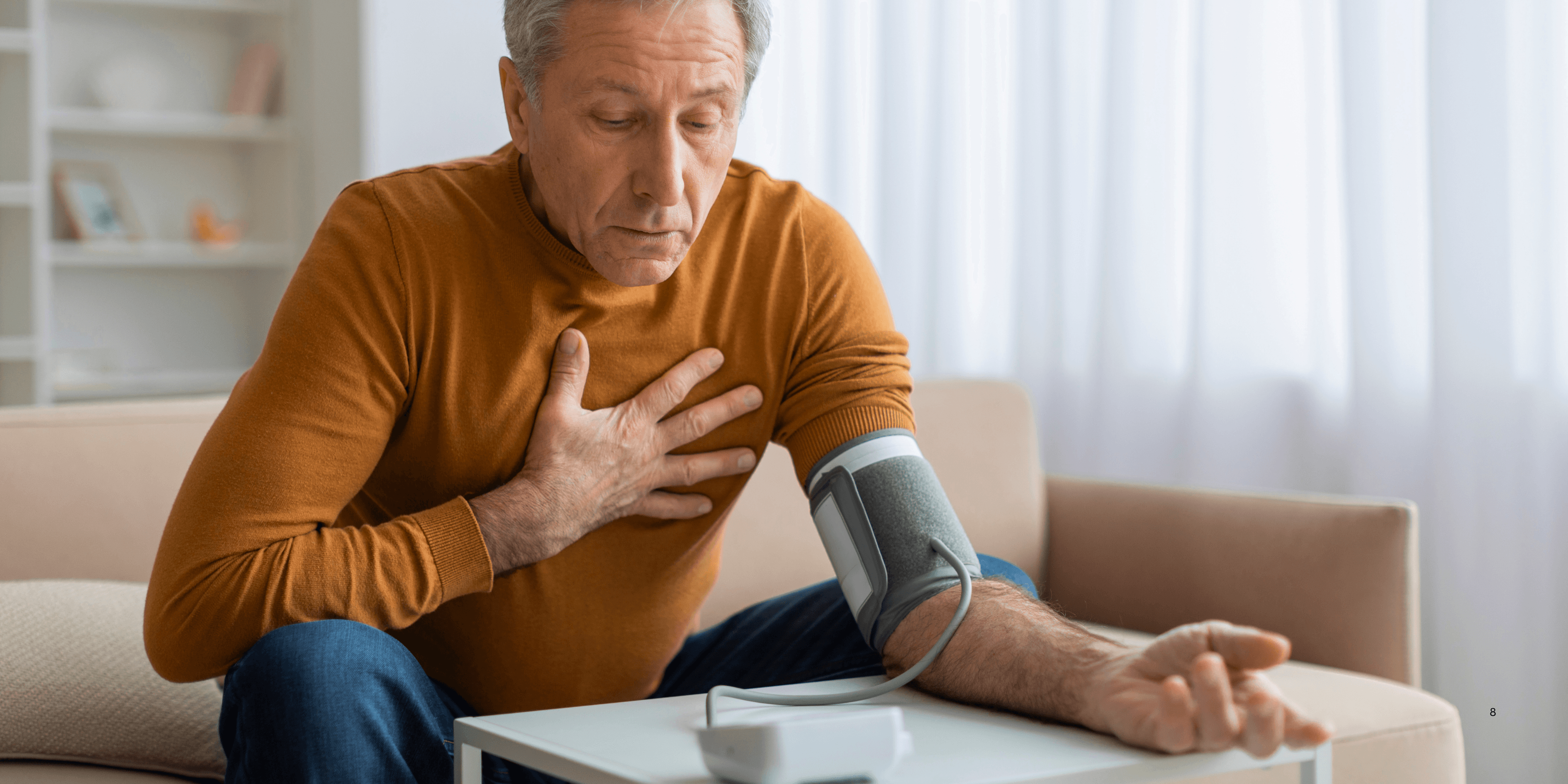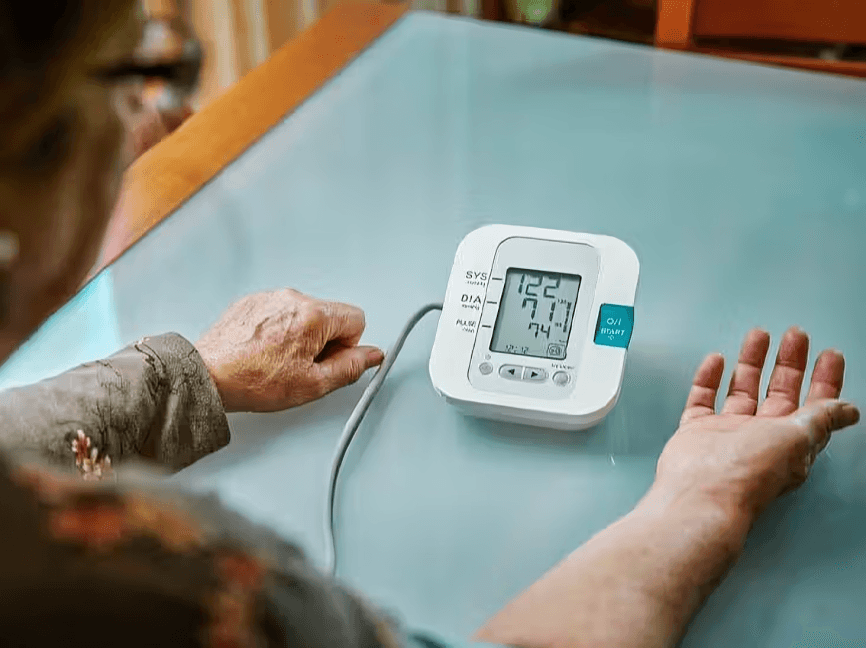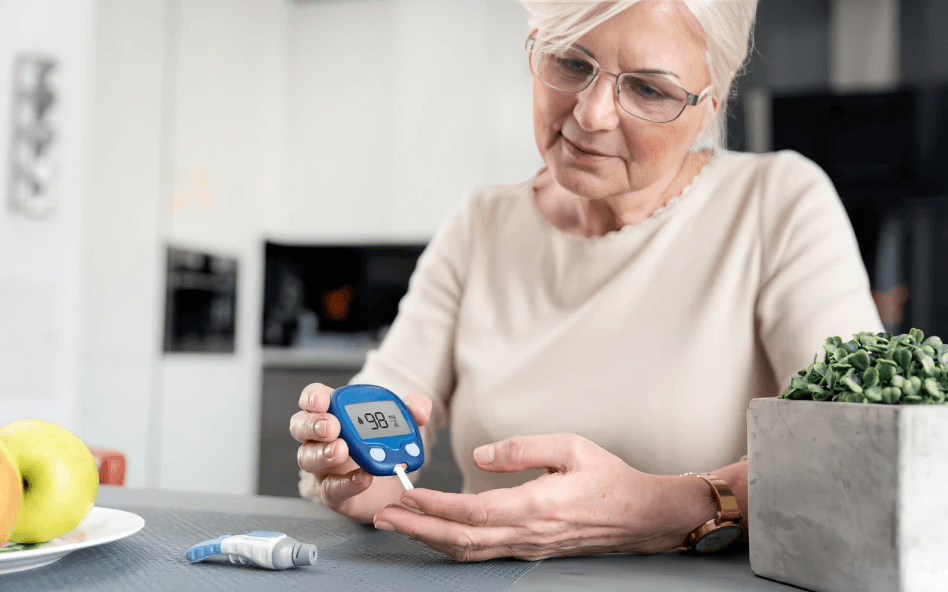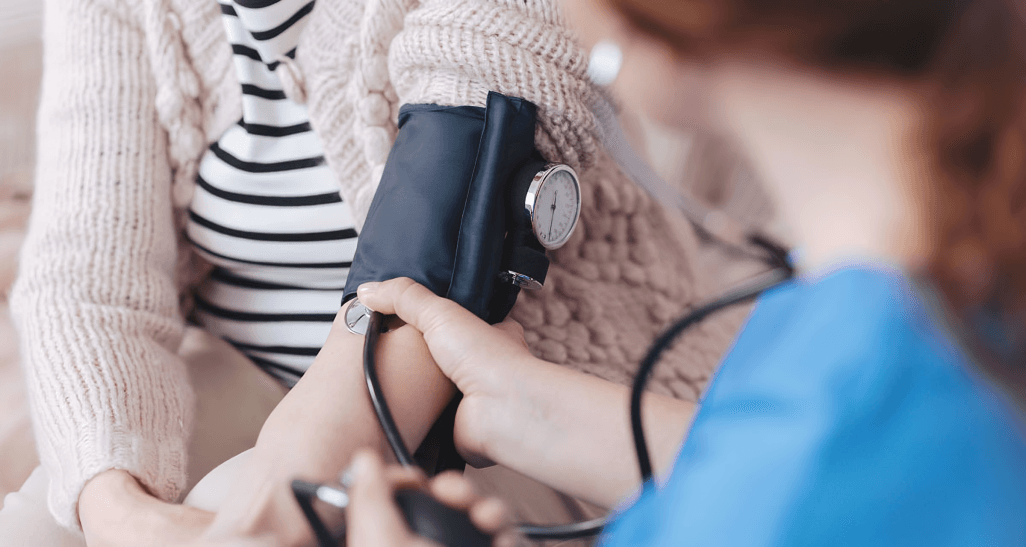
“
Monitoring blood pressure for heart safety is a crucial part of maintaining cardiovascular health. Regular blood pressure checks can detect early warning signs of hypertension, a silent yet dangerous condition. By monitoring blood pressure for heart safety, people gain insight into their circulatory system and can take timely action to manage risks.1
1
”
Blood pressure is measured with a sphygmomanometer, showing systolic and diastolic values—tracking it helps assess how much force blood places on artery walls for heart safety. 1
Normal adult blood pressure is under 120/80 mmHg—regular checks help catch silent rises that may damage organs and threaten heart safety. 2

High blood pressure, or hypertension, is often symptomless—monitoring blood pressure for heart safety allows early detection, helping to prevent complications like stroke, heart failure, or chronic kidney disease.
Home blood pressure monitoring has become common and accurate—devices are easy to use, making monitoring blood pressure for heart safety a convenient and effective part of daily health routines. 3
Consistently high readings weaken artery walls—monitoring blood pressure for heart safety helps spot risks early and reduce the chance of serious vascular complications. 4
Nighttime blood pressure spikes link to heart disease—24-hour monitoring for heart safety using wearables detects silent threats and guides better treatment decisions. 5
Blood pressure varies with stress, sleep, and activity—monitoring blood pressure for heart safety multiple times a day provides a more accurate picture of cardiovascular patterns and overall well-being. 6
Lifestyle changes like reducing salt, exercising, and quitting smoking significantly lower readings—monitoring blood pressure for heart safety can show how these choices improve heart health over time. 7
Poorly controlled blood pressure can enlarge the heart’s left ventricle—monitoring blood pressure for heart safety helps prevent such dangerous adaptations that strain cardiac function and raise heart attack risks. 8

People with diabetes or kidney issues should monitor regularly—monitoring blood pressure for heart safety is vital in these conditions, as they often coexist with hypertension and worsen each other silently.
Blood pressure should be measured in both arms—differences may signal circulation issues, making this practice essential in monitoring blood pressure for heart safety and identifying potential artery blockages. 9
Hypertension is the leading cause of preventable strokes—monitoring blood pressure for heart safety helps reduce this risk, as early intervention through medications or lifestyle adjustments saves lives.10
Exercise temporarily raises blood pressure but lowers it long-term—monitoring blood pressure for heart safety before and after activity helps determine personal response and ensures safe workout intensity. 11
Some medications, like decongestants or birth control pills, can raise blood pressure—monitoring helps patients and doctors detect changes early and adjust prescriptions when needed.12
Obstructive sleep apnea raises nighttime blood pressure—monitoring blood pressure for heart safety may reveal nocturnal spikes that otherwise go unnoticed, prompting referrals for therapy. 13

Cuff placement affects accuracy—monitoring blood pressure for heart safety requires correct positioning, ideally at heart level and with the arm relaxed, to ensure reliable measurements and proper diagnosis.
Morning readings are most important—monitoring blood pressure for heart safety after waking gives a clearer picture of cardiovascular strain during the day’s start, when most heart attacks occur. 14
Salt sensitivity varies—monitoring blood pressure for heart safety during dietary experiments helps individuals understand how salt affects their body and tailor their eating habits for heart protection. 15
Inconsistent monitoring may miss warning signs—monitoring blood pressure for heart safety on a schedule, such as morning and evening over a week, gives a fuller and more actionable blood pressure profile. 16
Modern cardiologists echo the advice of 20th-century physicians like Dr. Paul Dudley White, who emphasized that monitoring blood pressure for heart safety is one of the best tools to prevent heart disease. 17


